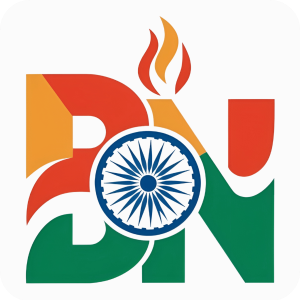GENEVA: Air traffic management in India, which has about 1500 airline aircraft on order, is an area of real concern, said Willie Walsh, International Air Transport Association (IATA) Director General on Tuesday. “We will see whether the air traffic environment will keep pace with the growth,” he said.
While passengers are well aware of the congestion over airports with aircraft put in holding patterns, Walsh highlighted the congestion en route over the Indian airspace.
“We’re looking at considerable growth, and that growth needs to be facilitated by airports and also air traffic control (ATC), and sometimes the ATC part of it gets forgotten by people. There is no reason why it can’t be done, but it is required. It requires focus by the govt and regulator,” said Walsh, during an interaction with media from the Asia Pacific on the sidelines of IATA Global Media Day.
The en route congestion in the coming years and decade is of particular concern, both for domestic and international flights operating in the Indian airspace, he said.
Responding to a media query about the duopoly in the Indian airline market with IndiGo and Air India group of airlines cornering most of the market share and consequently infrastructure resources, Walsh said that he wouldn’t call it a duopoly. “The market is open for everyone. The acquisition of Air India by the Tata group was a really positive development,” he said. IndiGo has been “very quietly building up a very impressive network in India.” In terms of market cap, IndiGo is one of the top players in the world, he added. “India should be celebrating the success of what is a fantastic airline, and consumers in India are benefitting significantly from the expansion of IndiGo,” he said. “When I look at the Indian domestic market, there is plenty of scope for airlines, and with new airport infrastructure coming up, it’s going to be a very exciting market,” he said.
Speaking about the monopoly in Mumbai with the upcoming Navi Mumbai airport and the Mumbai airport both owned by a single company, Walsh said that the ownership, as such, is not of particular concern. “In some countries, every airport is owned by a single company,” he said. “This is where you need regulation, a regulator who is capable of replicating a competitive environment where there isn’t competition. I see positive developments in terms of economic regulations in airports in India. I think that is something that we can look forward to. It’s more about how those airports are regulated from the economic point of view.”
Apart from airport regulatory matters, the only concern about India, in view of the rapid growth, would be about air traffic management and airport infrastructure, he said. “We have seen significant investment in airport infrastructure. There will be new airports at Delhi and Mumbai, so when I look at India, the only real concern I have around infrastructure would be whether the air traffic control environment can keep pace with the growth we will see, both in domestic and international environments,” he said.
Though India currently has the third-largest domestic aviation market in the world, it is way behind the first two rankers, the US and China.
While the US has 3 seats per head of population in its domestic market, India remains a long way behind with just 0.13 seats per head of population, according to OAG. It is also considerably behind China, which is approaching 0.5 seats per head of population
#IATA #director #general #raises #concerns #Indias #air #traffic #congestion #aviation #growth #Times #India



